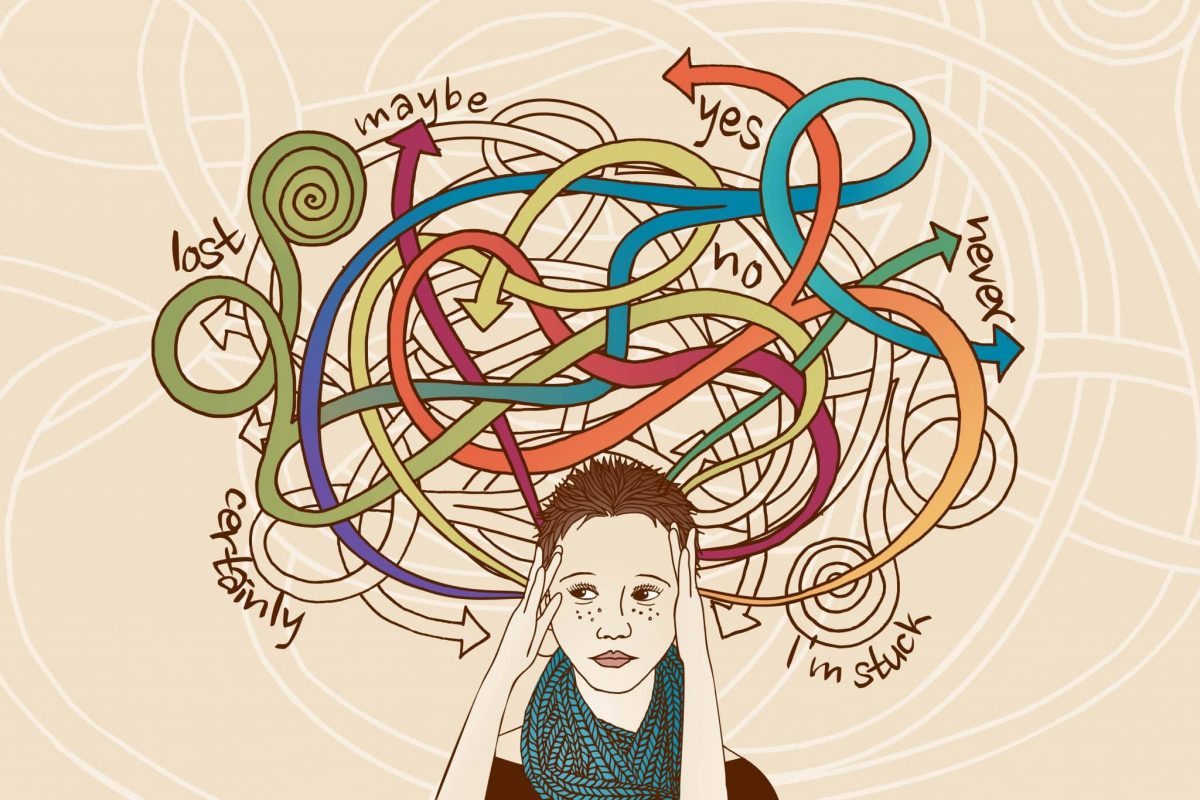Everyone experiences bouts of sadness at times. Sometimes, it’s a vague, fleeting feeling. Other times, it’s a deep, ongoing experience. For some people, though, it extends well beyond the norm. In fact, more than twenty million adults in America are diagnosed with depression each year. This mental disorder affects people of all ages as well with nearly four million children and teenagers being diagnosed leading many to wonder what the difference is between sadness vs. depression.
Normal Sadness Vs Depression
What, exactly, differentiates the two, though? Where’s the line between deep sadness vs. depression? When should a person seek Depression Treatment as opposed to simply forging through their distress? While the two can seem similar on the surface, they’re actually very different situations.
What Is Sadness?
Sadness is an emotion that temporarily arises in response to specific events. Those can include the loss of a loved one, a major disappointment, or a relationship falling apart. It’s a normal part of being human. It generally lessens over time as a person processes the event that brought it on and learns to live with it. Although it can cause people to want to withdraw for a short time, it doesn’t usually interfere with daily life for extended periods of time. It fades.
What Is Depression?
Depression, on the other hand, is far more severe. It often brings about feelings of hopelessness, worthlessness, extreme guilt, and shame. It may lead to poor concentration, a lack of energy, and a loss of interest in activities that once brought a person joy. Depression can also cause insomnia and a loss of appetite. While it can be triggered by unpleasant life events, that’s not always the case. It’s an ongoing issue that doesn’t fade over time. Unfortunately, it tends to grow worse without treatment.
Distinguishing Between the Two
Distinguishing between sadness vs. depression requires looking at the symptoms involved. As mentioned, sadness is temporary while depression is more persistent. Depression impairs a person’s ability to function normally. People who suffer from depression may withdraw from life and loved ones for extended periods. They often struggle to find pleasure in life the way they once did. In turn, they’re left with a profound sense of isolation.
Depression also brings about intense negative thoughts and feelings that linger. People who live with depression may feel there’s no way out of their despair and no hope for the future. In contrast, people who are experiencing sadness tend to understand that there are happier times ahead. To be diagnosed with depression, a person must experience at least five of the symptoms of the disorder every day for two weeks or longer.
Getting Help for Depression
It’s important to understand that depression doesn’t go away on its own. Truly overcoming it requires professional intervention. Mental health professionals, like therapists or psychiatrists, can evaluate people to determine if they’re suffering from deep sadness or full-blown depression. If the latter is the case, they can help people receive the treatment they need, such as therapy, medication, or a combination of the two. Noticing the warning signs of depression and getting help early on is essential.
Sadness is a normal part of life whereas depression is a mental disorder. While both sadness and depression involve feelings of unhappiness, their differences lie in the duration and intensity of those emotions and their impact on a person’s life. Sadness fades, but overcoming depression requires outside help. Knowing these distinctions between sadness vs. depression and when to seek help for issues that run far deeper than sadness can make a world of difference in a person’s life.









